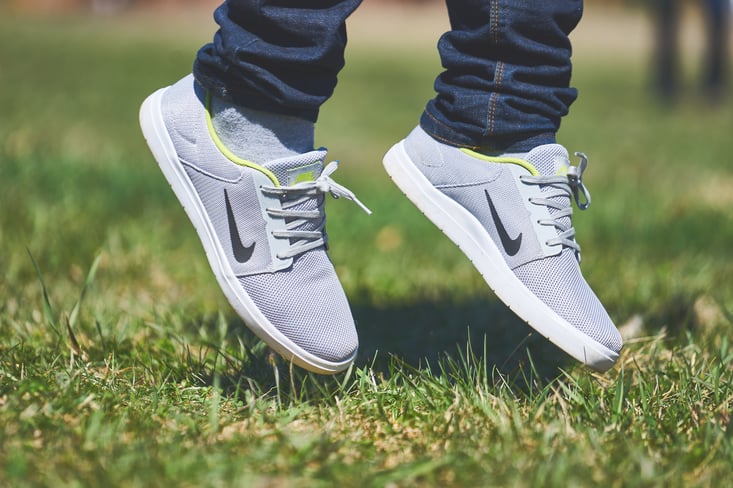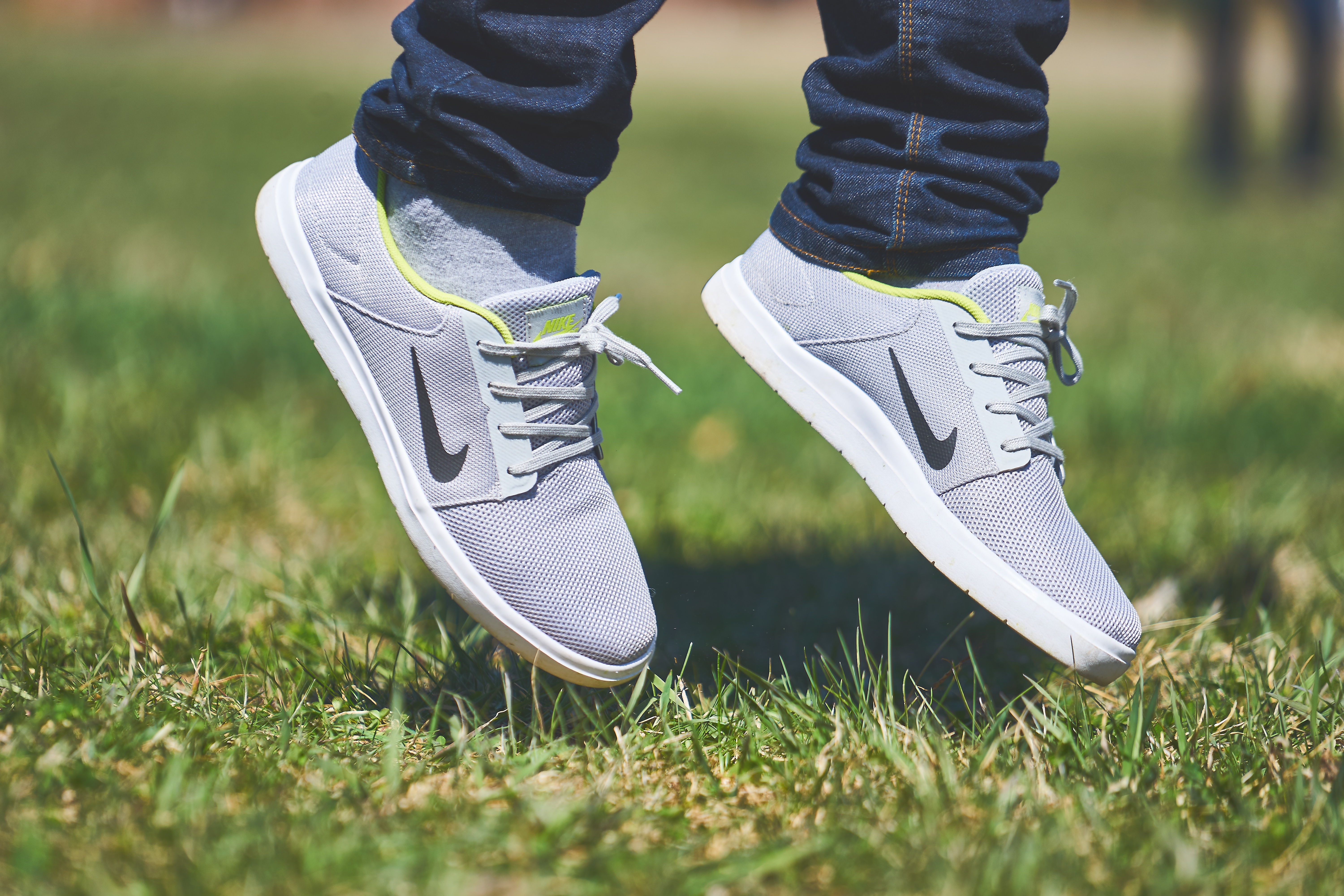
Does your lawn have a bald spot or patches of sparse lawn? Have you recently filled in a pool, or removed a gazebo, shed, or trampoline? Want to turn some of those gardens back into easier-to-care-for lawn? Planting grass and amending soil isn’t difficult, but there are some specific things you can do to increase success.
The lawn care experts at Nutri-Lawn Burlington are available anytime for a free consultation for all your fall lawn care needs.
Planting Grass in Reclaimed Areas
Whether you’ve just moved or you’ve moved into a new season of life and want to turn some of those gardens back into grass, late summer and fall is a great time to do that. The cooler temperatures and higher rainfall provide grass with optimal growing conditions. First, you’ll have to move or remove the plants from the space you want to turn into grass. Remove any landscape fabric, mulch, or other weed-suppressing material in place and rake out the soil. Make sure the ground is level with the existing lawn, so this may require removing or adding soil.
Take some time research the kind of grass seed you want to plant. You may want to match an existing colour in the lawn or plant a mix that’s more hardy or weed resistant. This is an excellent opportunity to overseed the whole lawn if necessary. Water well.
Repair Damaged Or Covered Areas
Sometimes we make bigger changes in our yards such as removing a shed or trampoline, filling in a pool, removing a walkway or deck. Or, we’ve added a structure and the area around the new construction needs repair. We want to fill in the area with new grass as quickly as possible. The fastest way is to plant sod, but new grass normally won’t take more than two or three weeks to fill in an area.
If the area has been covered for a while, you’ll want to consider a good fertilizer as the soil won’t have had opportunity to absorb nutrients from the rain, sun, or decomposition. Add a thin layer of new topsoil if desired, and plant new grass.
Sparse Or Brown Lawn
Grass is fairly hardy so if it’s not growing well you should ask yourself why. Don’t confuse a dormant lawn for a lawn that needs repair. Grass will turn brown during heat waves and droughts and recover on its own when temperatures and rainfall are move favourable. (Irrigation is an easy and effective way to combat a dormant lawn.)
Is there enough sunlight? Grass grows best in partial or full sun. There are some varieties of shade loving grass, but let’s be fair – even that grass won’t grow under a bush. Fertilizer may replace missing nutrients, but if you’ve been fertilizing and the problem is getting worse you may be using fertilizer that’s too strong or not watered well enough.
You may want to get the soil tested if your lawn is struggling to even grow weeds. Find out exactly what’s missing so you can amend the soil in a more targeted way. If the soil is either too acidic or alkaline the grass will struggle.
Our experts can help troubleshoot and repair damaged areas of your lawn quickly and efficiently. Now is the time to call the grass and lawn care experts at Nutri-Lawn Burlington for professional advice and late summer and fall lawn care services.






